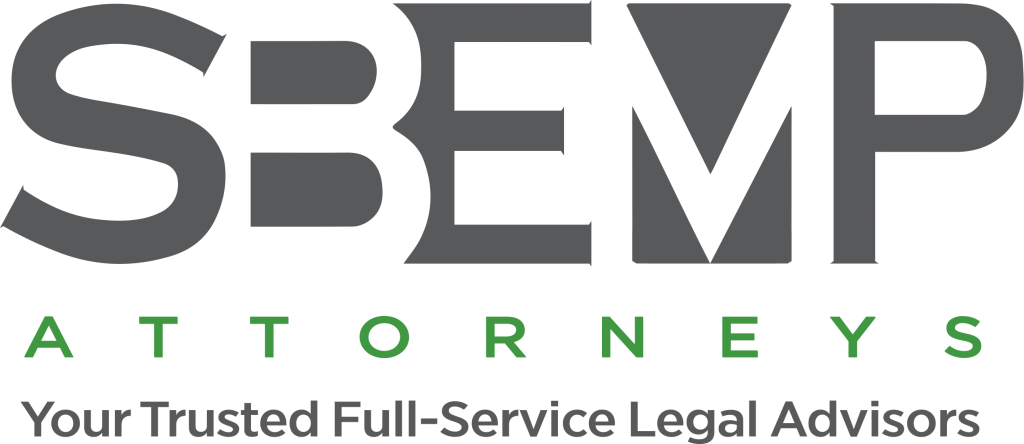Understanding Employment Litigation
When it comes to employment litigation, it is not always about whether the employer feels the employee has been treated fairly. The employers’ view of fairness can be very different from the employee or the law. Most employers are caught off guard in litigation by an employee they thought was treated correctly. When this happens, it is important for the employer to fully understand the complex process of employment litigation to try and avoid trial or keep losses to a minimum. The article below will discuss the common steps in the litigation process.
Regulatory Agency Review
Most employment litigation will begin in either the Equal Employment Opportunity Commission(EEOC), Employment Security Commission(ESC) or the Department of Labor(DOL). During this phase investigators or attorneys work to build a case for the employee.
Filing Complaint
If an agency or the employee decides to file a lawsuit, usually it must be done within a short-specified time frame, often in as little as 90 days. Once served by the employee, the employer must decide how to respond.
Interrogatories
This step is when both sides present the opportunity to ask each other questions to expose what each side knows in relation to the case.
Mandatory Mediation
This stage involves a mediator that attempts to settle the suit prior to avoid trial.
Summary Judgment
This is the last step before trial where either side attempts to persuade the judge on why the case shouldn’t go to trial.
The employment litigation process is very complex and should be handled by professionals that understand these cases. If you are an employer facing litigation, don’t hesitate to contact our Palm Springs employment law attorney today.
